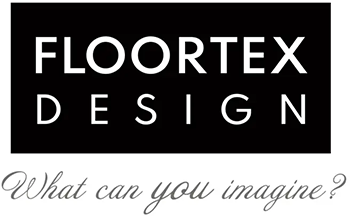LVP, aka Luxury Vinyl Plank, is the latest in resilient flooring. Made of layered PVC and embossed to simulate natural wood, it is one of the most versatile flooring products in California today!
Created in the 1970s and called “linoleum” then, vinyl was a low-cost alternative to hardwood, stone and tile. Growing up in the 70s and 80s myself, I remember family dinners spent gazing at the overlapping gold and green circles and squares laid smoothly across our kitchen floor. It was simple and durable, and it stood up to dishwasher leaks and Kool-Aid spills, alike.
But over the next 40-50 years, vinyl would be transformed from a purely low-cost product to a versatile, luxury solution. Manufacturers like Mohawk, Shaw, Alexander Smith and Kardean have engineered their vinyl plank to simulate natural wood precisely, right down to the grain and knotting. Even the texture has been designed to feel like the rich, uneven grain of real wood.
It is a beautiful product!
Luxury Vinyl doesn’t just come in plank form, though. It is also available in tile. Luxury Vinyl Tile (or LVT) as it is called, simulates both stone and ceramic surfaces. Regardless of shape or effect, though, Luxury Vinyl is the only hard surface floor considered truly “waterproof.” It can even repel standing water for several hours. It’s easy to install, easy to clean, and reasonably priced.
But it does have it’s drawbacks.
Dents and Scratches – Although LVP is a hard surface, it may dent under the weight of hard or heavy objects like washers, dryers and billiard balls. And it may also show scratches from hard sole shoes, animal claws, etc. So be sure to use padding under your furniture, remove hard soled shoes, and use area rugs in high traffic areas to protect your floors.
[Pro Tip: Based on our experience, vinyl floors that use a stone core hold up better than those with plastic-only core. Look for Stone Plastic Composite in your stability layer for longer lasting LVP and LVT.]

Illustration by Kardean, Luxury Vinyl Plank manufacturer March 27, 2019.
Fading – Just like your favorite family photos sitting framed on your desk, the colors and designs of your vinyl floors may fade if they get too much sunlight. It’s the nature of photogenerated graphics. But that doesn’t mean you have to settle for faded floors. Simply use window coverings and rugs to reduce direct sun, and move your furniture from time to time, if you can.
Repeating Patterns – Like all synthetic options, Luxury Vinyl relies on repeating patterns to create a complete floor. The frequency with which you see the pattern repeat is directly related to its cost. So, if you spend a little more, the patterns repeat less often. When you spend a little less, they repeat more often.
That doesn’t have to be a drawback, though. In deco design, for example, repeating patterns can create a sexy retro feel that’s just right. Whereas in LVP’s hardwood design, you may want to invest a little more to reduce the number of times you see the same plank pattern. In either case, vinyl is almost always a lower cost option than the natural product it simulates.
Would you like to see how LVP and LVT will look in your home? Try our visualization tool.
It’s as easy as snapping a picture on your mobile phone.





